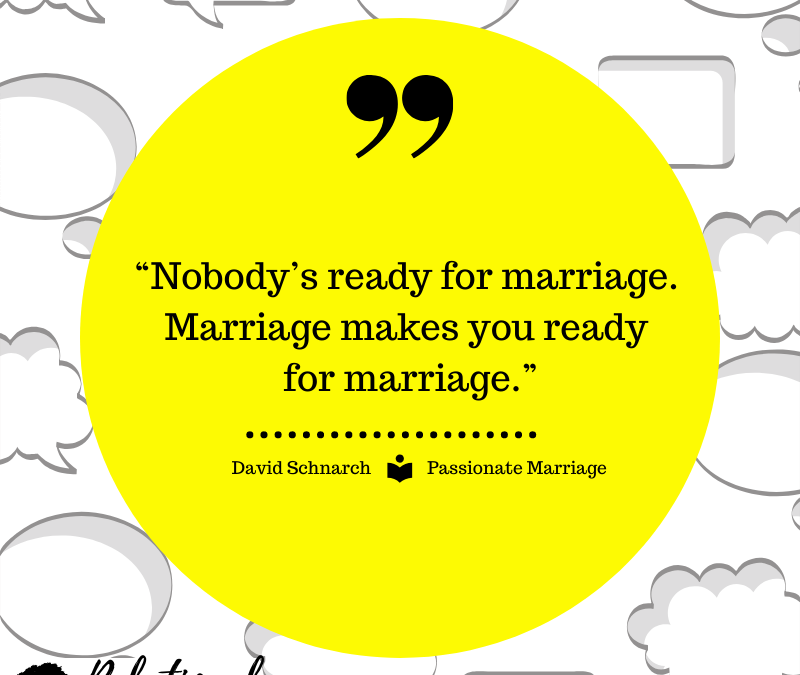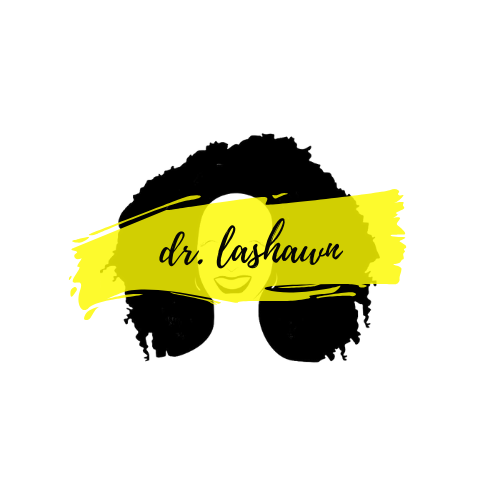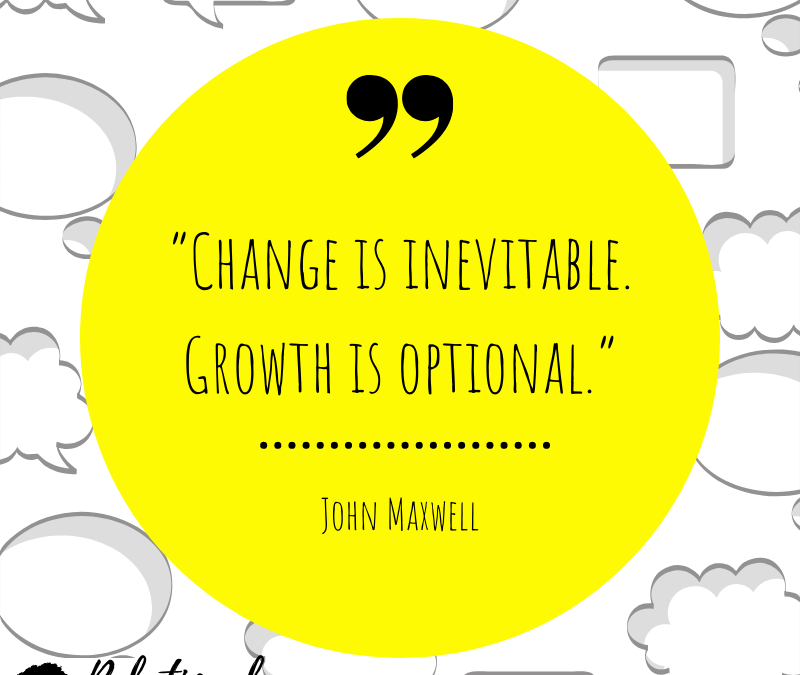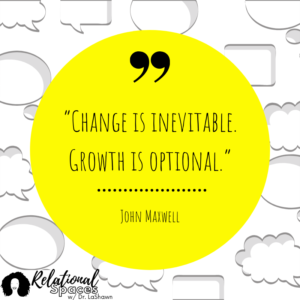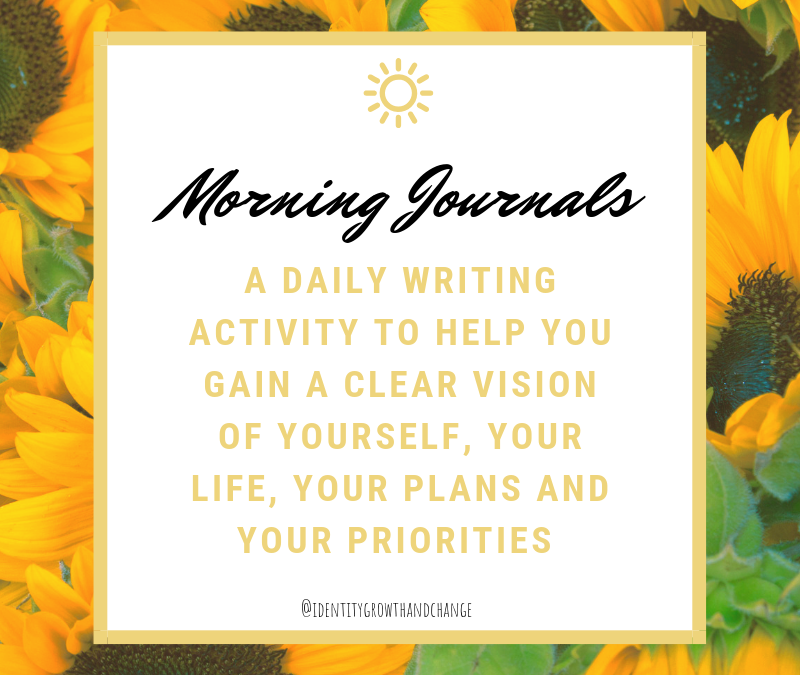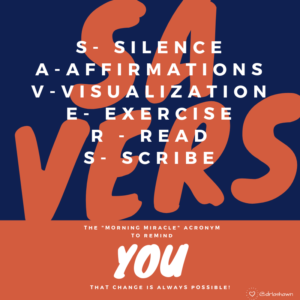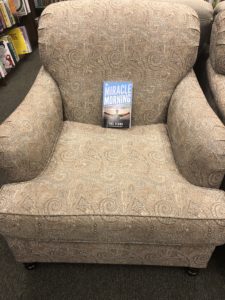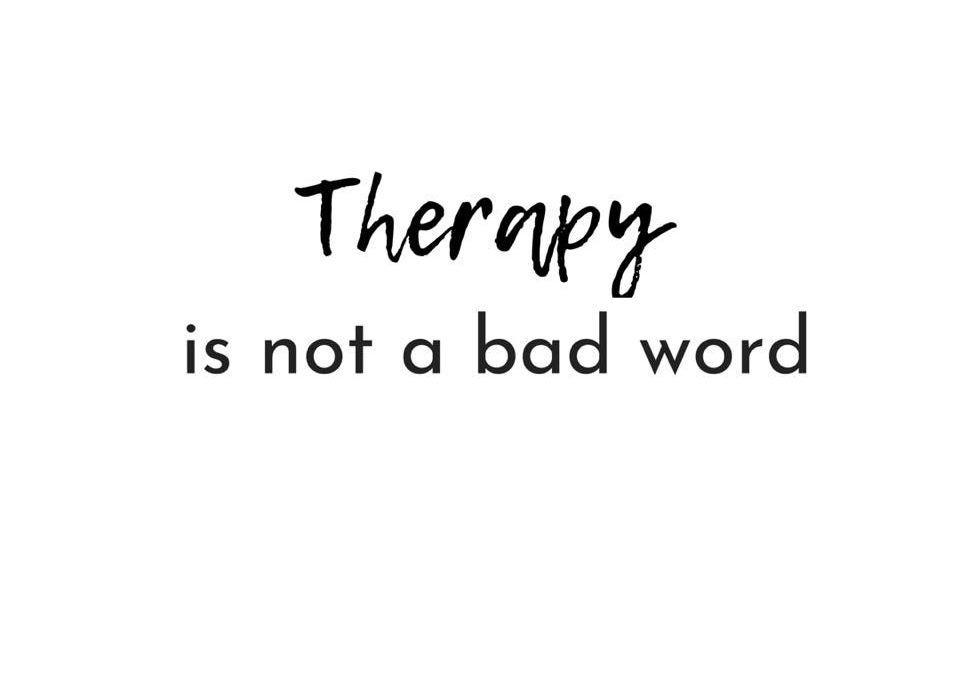November 14th & 16th are my divorce-aversary (divorce-anniversary) dates.
November 14th because that’s when my divorce was finalized but I didn’t realize it.
November 16th because that’s when I got an email from my lawyer that the decree I thought I was reviewing was actually the finalized decree.
A friend commented “Congratulations on your nupiticide” and I quipped “I need that on a shirt!” I still think that I do, even thought it’s been three years.
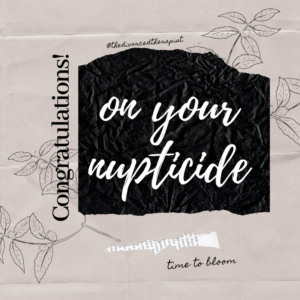
Nupticide: he destruction of a nuptial union.
It was November and I’d actually just moved into the home I would rent as I sold my house aka “the marital home.”
I made another withdrawal from my 401k to cover expenses, as I’d just started a new full time job in August and was trying to “get back on my feet” as they say. At some point during the moving of the things that I needed and sorting through the things he’d left behind and finding out how many more things were lost or destroyed during the divorce process, I told myself: “I’ll give it three years to get back on my feet. If I have to drain my 401k to get by paying rent here and my mortgage until the home sells, I’ll do it – as long as me and the kids are taken care of. They need as little disturbance to their lives as possible considering what they’re too little to understand they’re going through right now.”
And I did drain my 401k that I’d had after 10 years of working for the state, just to get through the divorce.
Then I got equity from the home sale, too. It took me 2 years of full time work plus the equity from my home sale, to realize that raising a family of 4 between two homes with $100 in child support from the kid’s dad (aka TKD) every month and only one job was a significant struggle.
And then I fell in love in year 3…. with a house.
After the divorce was final, the kids said they wanted their own house. I felt like I did too. Maybe it was to prove to myself that I could do it again. I’d bought my first home before I was married and i bought my second home while TKD was unemployed (he will always say that it was his credit that got us the home, although he wasn’t ever on the mortgage loan or the deed and couldn’t qualify to buy the home from me in the divorce). Something about having a home of our own kept coming up. We liked our neighborhood and our neighbors. And the kids wanted a two story home. Everything we saw was a one-story rambler or very old and dated and would need more money put into it to bring it up to date.
And then….
We were driving to the store and saw a home for sale. It was a two-story home. I texted my realtor (who became like a sister to me during the sale of my home during the divorce as she was also divorced) and asked her to get us a showing. She told me it was above my price point and asked if she should increase it for my search. I said no, we’re just gonna walk through it, not buy it.
And then we did our showing… and i had the same feeling in this house that I did in my second home. I walked in and said “this is my house.” Except this time I said “oh no.” and “uh oh.” as I walked through the house and fell in love with each room, the layout, the shower, the closet, the basement, the backyard & the kitchen.
It was my home.
After the walk through, I had to talk to myself and my Self said, “…but it’s almost been 3 years. And you said ‘2-3 years to get yourself together and back on your feet.’ and here is a home… together and here you are with feet, so???” And it really was a lot like falling in love because I didn’t feel like I was ready for what I deserved nor did I feel that I necessarily deserved it.
But I was ready on the inside and I do believe I deserve it.

The home that stole my heart
This is my third home purchase in almost 15 years.
Oftentimes people will hear my divorce story and praise me for getting this purchase “without a man” and then i look back at the 3 properties I’ve owned in my life and I’ve always done them “without a man.” My only co-owned purchase was acreage with TKD that we’d planned to build on – had plans drawn up and everything, but then the divorce happened instead and the land was a short sale.
But here I am 3 years later, from a process that truly drained me emotionally and financially. 3 years later and I know that it’s time to rebuild, to truly build with intention and purpose in ways that I have done before but didn’t realize it when it was happening. Divorce isn’t easy and I can’t say that divorce is necessarily worth it when there are kids involved. It was worth it for me and it’s very difficult helping them navigate their reality inside of my own, but this is where we are.
I look at how hard I work and how hard it really is to try and do all of this like a Pinterest-perfect person. My own life story is as much of an impact on my present circumstances as my divorce is. The divorce just highlighted it to a place that I could see it and make sense of myself and the life I want for my family and my kids.
I intentionally try to create and provide and sustain for my kids. That is the only truth I hold right now. It is my start and my finish line. It is my one true thing. We talked yesterday about what our reward would be when I get a promotion at my job in two years. We set a reward for when I finished my dissertation back in 2017 and it helped us cope with the stress of it all (aka during the divorce) and we will do it again as we enter another busy year preparing for promotion and tenure.
So we’re going to set some intentions and plan our life and expectations with each other for that time period this weekend. I look at the last three years and think that it could be worse (and it has gotten close more than I have time to write about in this moment) but it can and is and will get better. I love the quote “God didn’t bring you through a storm to drop you in a puddle” because none of this has been easy, but it has taught me to invest in rain boots just as much as sturdy umbrellas.
And to look forward to the next 2-3 years because it’s time to bloom.
